70 Magical Realism Writing Prompts for Teens: Ideas, Openings, and Visual Starters for the English Classroom
Magical realism is one of my favourite genres to teach and not just because of the glowing mirrors, disappearing houses, or mysterious strangers who know too much. What makes it powerful is the way it blends the ordinary with the impossible. It asks students to write about our world, but with a shimmer at the edge. A boy wakes up with feathers on his back. A village forgets a person existed. A shop appears only on Thursdays. In magical realism, the rules bend, but never quite break.
These prompts are designed for teens who want to experiment with storytelling that’s lyrical, strange, and grounded in emotional truth. You’ll find story hooks, titles, eerie openings, closing lines, and visual prompts that sit right between the real and the surreal.
1. Plot Hooks
These story ideas give students a strong “what if” to launch from. They work well in creative writing lessons or narrative units where you want students to explore symbolic meaning, emotional depth, or the thin veil between magic and reality:
Write a story about a girl who starts turning invisible whenever she feels unwanted.
Write a story about a boy who only dreams other people’s memories.
Write a story about a village where it hasn’t rained in years, except on one street.
Write a story where a teenager begins to receive letters from someone who died decades ago.
Write a story about a boy who can hear people’s regrets like static in the air.
Write a story where a girl’s drawings begin to come to life, but only the sad ones.
Write a story about a man who finds a house key in his pocket, but doesn’t own a house.
Write a story where a tree grows in someone’s bedroom overnight.
Write a story about a family that speaks a language no one else remembers.
Write a story where time moves differently in the kitchen than in the rest of the house.
2. Title Prompts
These titles are poetic, strange, and open to interpretation. Perfect for warm-ups, creative homework, or building a short story from scratch. Students can use them as inspiration for plot, character, setting, or even just mood.
The Weather in Her Bones
The Girl Who Wasn’t There
A Map of Things That Never Happened
Glass Feathers
Where the Roads Forget
The House That Waited
His Name Was Written in Smoke
The Unsent Letters
The Town Beneath the Lake
The Light
3. Opening Lines
First lines in magical realism should feel grounded and off-kilter. These are ideal for timed writing, flash fiction challenges, or discussions around tone, narrative voice, and emotional layering.
I didn’t notice the wings at first.
They said the town didn’t exist, but I remembered it perfectly.
Mum keeps the ghosts in jam jars on the windowsill.
The train only stops for people with broken hearts.
I found a photograph of myself, dated ten years before I was born.
The cat talked to me again last night.
Nobody else could see the gold thread.
Every evening, the moon moved a little closer.
It started when the clocks stopped.
My brother returned from the war, but something had followed him home.
4. Closing Lines
These endings leave a quiet echo of something surreal, symbolic, or emotionally unresolved. Use them to challenge students to write backwards from a final image, or to conclude open-ended stories with a sense of wonder or melancholy.
And just like that, the stars blinked out.
She smiled, and the rain began again.
The shop was gone by morning.
We never spoke of the mirror again.
The cracks in the pavement never grew back.
I let the bird go, and for the first time, I felt light.
The photos still changed every time I looked.
He vanished on a Tuesday.
We held hands, even though we weren’t supposed to exist.
The river remembered what we forgot.
5. Character Ideas
Magical realism often starts with the character. These prompts hint at people with strange gifts, odd burdens, or unexplained histories. Students could use them for character monologues, backstory writing, or narrative-centred tasks:
A girl who can taste emotions in food.
A boy who knows every death that’s ever happened on his street.
A teenager who keeps seeing the same stranger in every crowd.
A grandmother who hasn’t aged since 1942.
A boy who can borrow other people’s dreams.
A teacher whose shadow acts differently than she does.
A girl born with a key instead of a heart.
A man who walks into town claiming to be from the future, but only five minutes ahead.
A child who speaks to animals, but only on Sundays.
A girl who collects the things people forget.
6. Setting Prompts
Magical realism thrives in familiar places touched by the strange. These locations are built for atmosphere and subtle magic, and are perfect for descriptive writing or as the foundation for a larger story world:
A laundrette where every machine washes away a memory.
A library where books whisper their secrets at night.
A market that only opens in fog.
A café where it’s always 3:17 p.m.
A town where everyone plants the same flower, and no one knows why.
A school where hallways rearrange themselves after dark.
A greenhouse that grows extinct plants from dreams.
A crossroads with a postbox that delivers to the past.
A church where the bells ring for people not yet dead.
A house that changes colour based on who enters it.
7. Picture Prompts
Visual prompts are especially powerful in magical realism. They root the story in sensory detail, while hinting at something impossible just beyond the frame. These work brilliantly on their own or when paired with openings, characters, or title prompts above

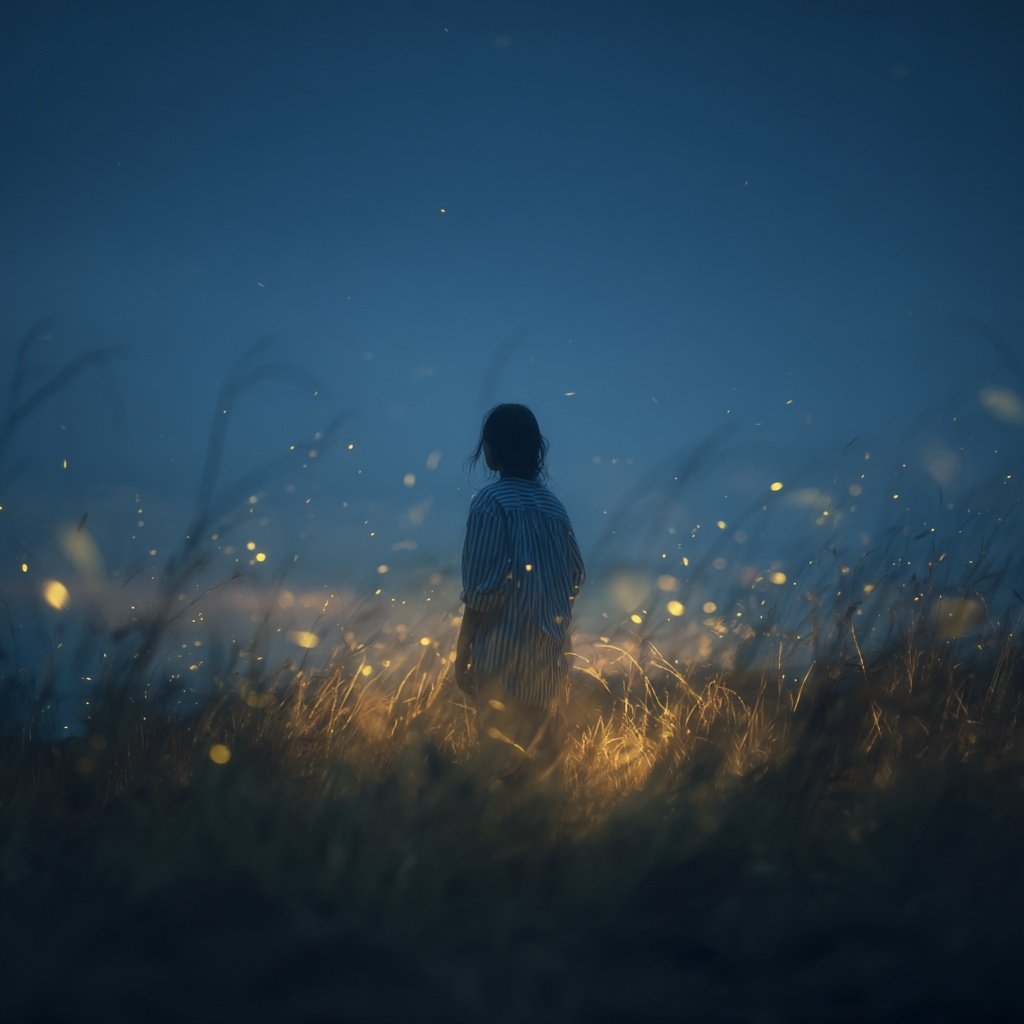

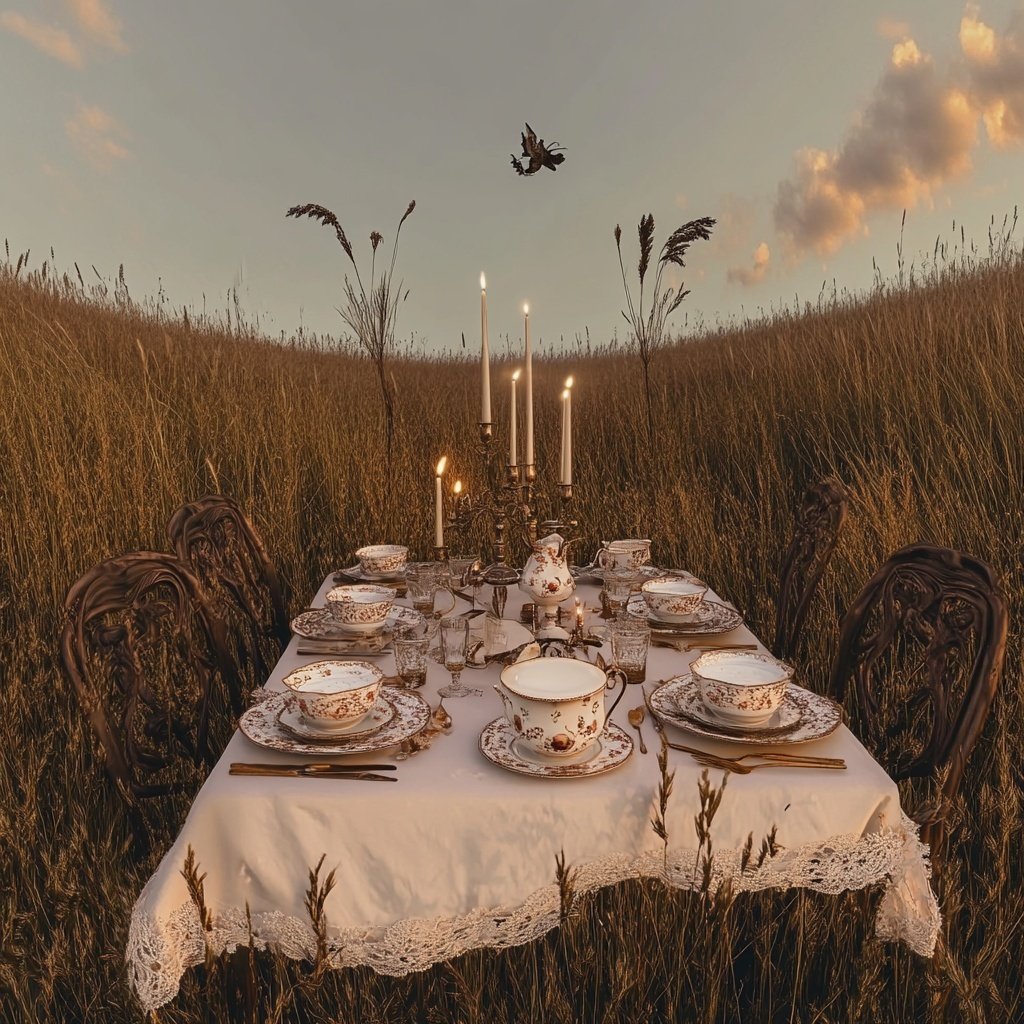


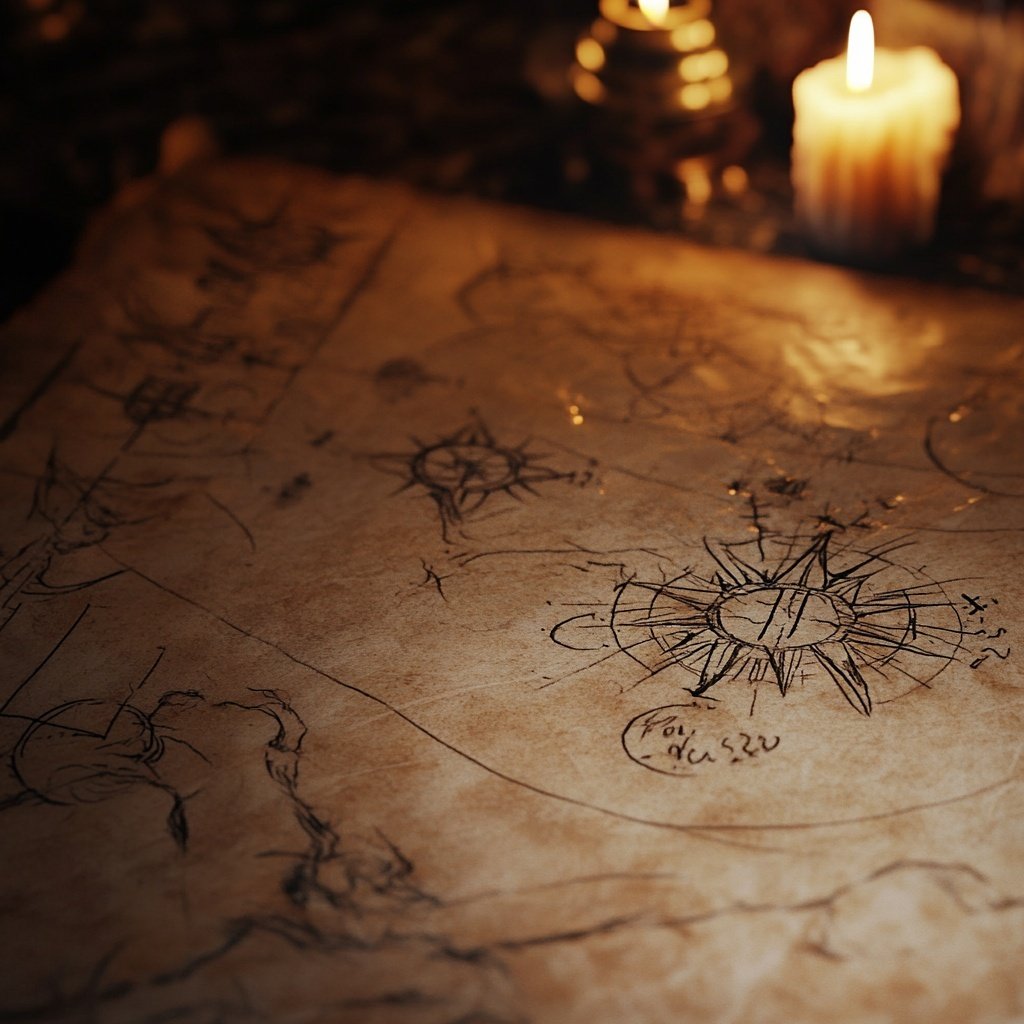
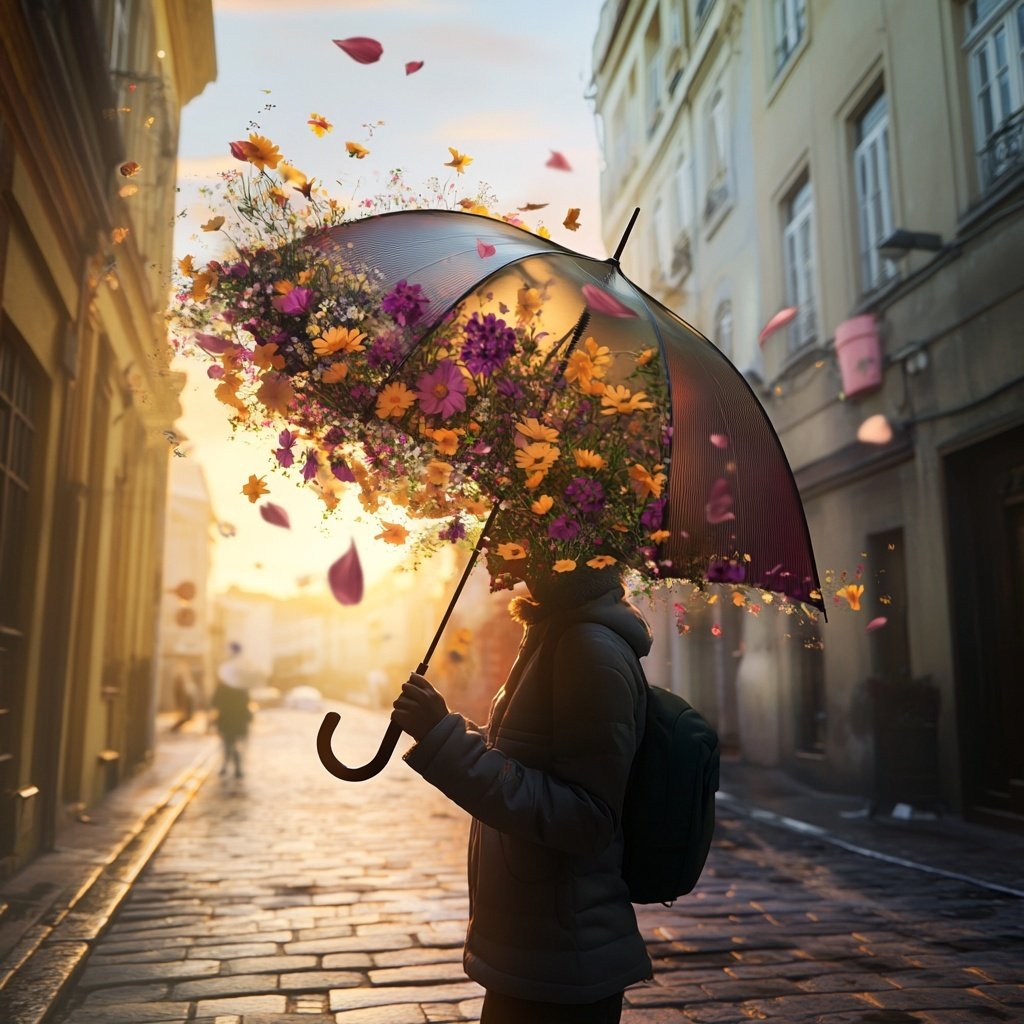

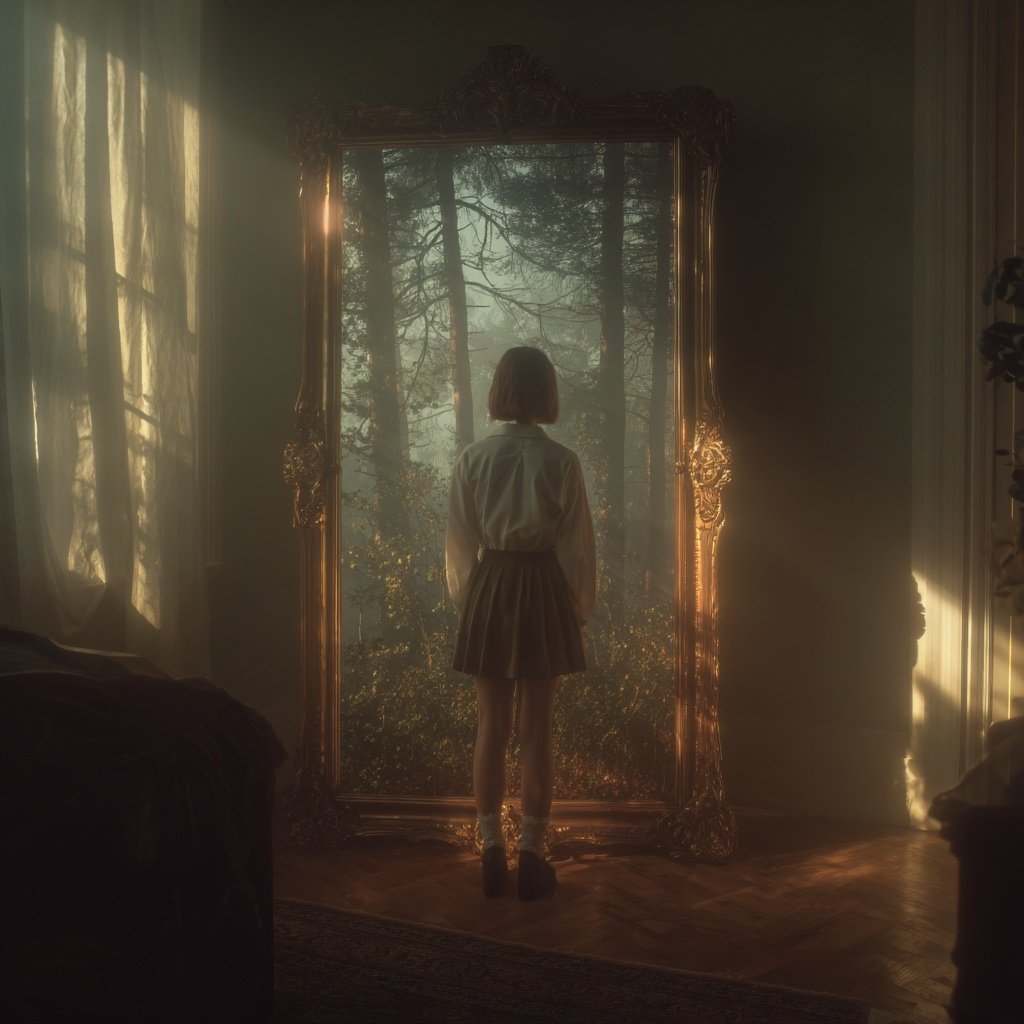
Want a fresh writing spark every day? My Daily Writing Prompts subscription delivers 365 themed prompts plus teacher slides, perfect for keeping creativity flowing year-round.